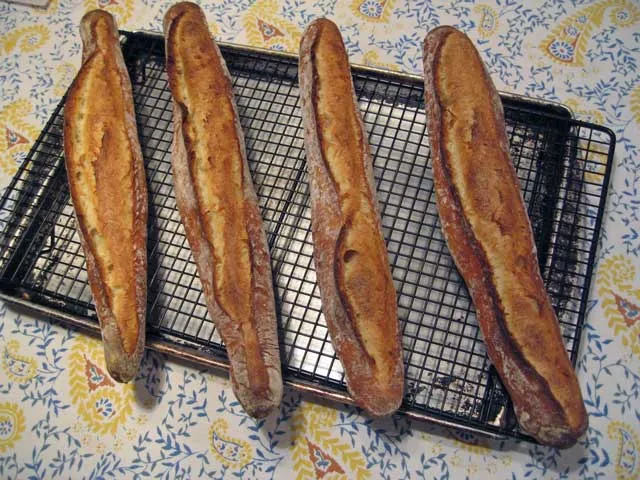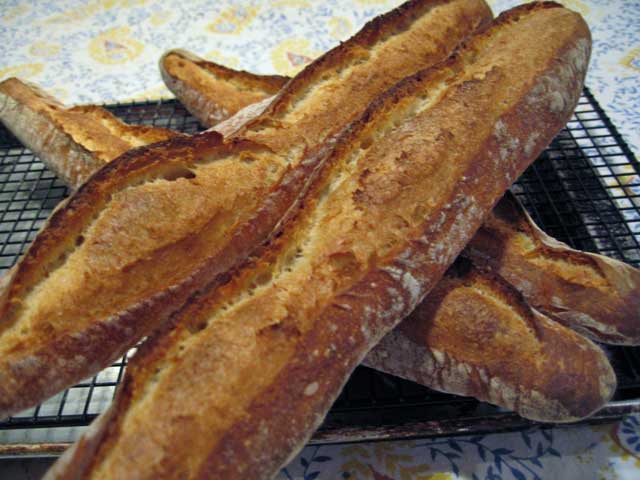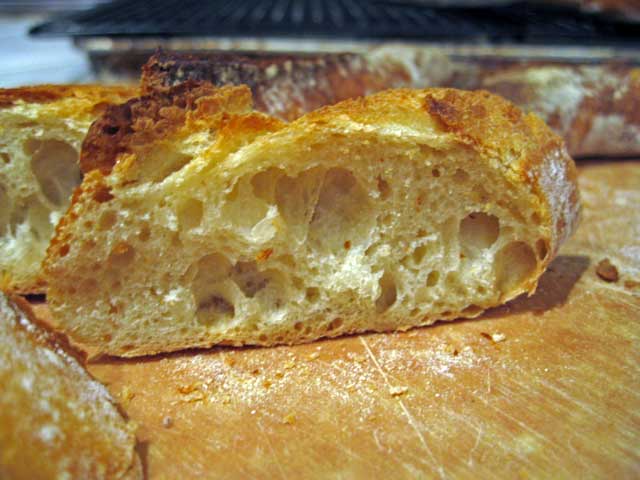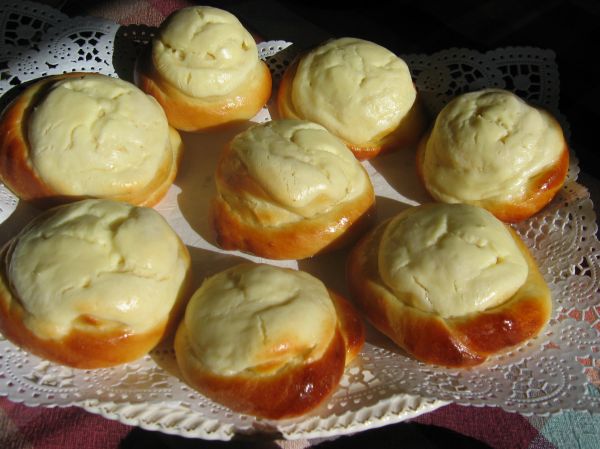Chinese Lion Cake
Our littlest one had a birthday party today - she's turning 4 on Tuesday.
She's had something of an obsession with Chinese Lion Dances ever since seeing celebrations at a Lunar New Year festivities at the dowtown gardens a couple of years ago, and this year, she requested that her cake be done in this theme.
Here is what I came up with:

- Log in or register to post comments
- 9 comments
- View post
- DorotaM's Blog




 Floyd's Cream Cheese Rolls were the final inspiration to try this recipe. I made a few little changes to the cream cheese. I added an egg yolk, sugar, vanilla and lemon juice. Used my blender and blended it all until nice and smooth. I made little packages filled with cream cheese with some baking sugar on top with half the dough recipe. We have some real sweet tooths around here!! But these are wonderful as they are not really overly sweet at all....very t
Floyd's Cream Cheese Rolls were the final inspiration to try this recipe. I made a few little changes to the cream cheese. I added an egg yolk, sugar, vanilla and lemon juice. Used my blender and blended it all until nice and smooth. I made little packages filled with cream cheese with some baking sugar on top with half the dough recipe. We have some real sweet tooths around here!! But these are wonderful as they are not really overly sweet at all....very t